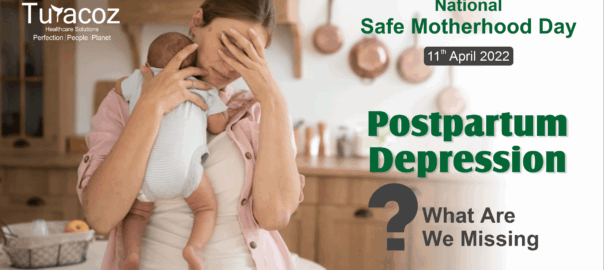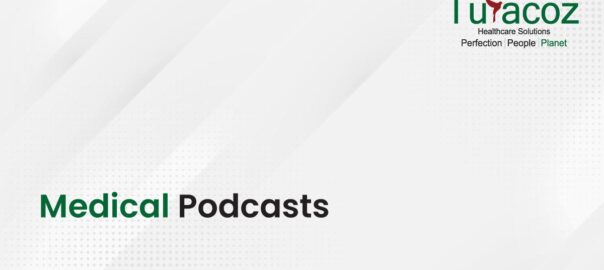“The customer’s perception is your reality”- Kate Zabriskie
You will not ring the bell of a home where you are welcomed without a smile. This is the simplest description of client servicing. Be it a street eatery or a multinational company, they are running fundamentally on two core aspects: Quality and Service. As the old granny might have said ‘Client is God’, if your client is happy- prosperity surely knows your address. But the problem is the blue image of client servicing. Does client servicing have a protocol? What are the Musts and Haves? What is missing and what is a big NO? There are no absolute answers to these because client servicing is an art and not a recipe!
The next big question is “We have a strong team of project managers; why do we need a separate client servicing department?” Project Management being an independent functional unit of any service, is not anymore just about managing timelines, sharing deliverables, and keeping the team together. Moving beyond occasional hellos and project discussions, managing projects is now about building relationships. And that is where client servicing enters as an irreplaceable skill and grows as an invincible core contributor to this partnership.
Client Servicing grabs the fuller plate when it comes to the Service industry, as opposed to Products; and it becomes even more winding for Healthcare Services. Dealing with doctors, healthcare professionals, scientists, and researchers is a game of acuteness and perseverance. These experts and professionals don’t have much time to adjust with poor servicing or lack of communication skills. It is hard-won to impress a medical professional with their experience and knowledge.
So, what will be the deal breaker? Here are some choices that you can make while giving client servicing in medical communications:
- Listen! And Listen More!
- Listening is an important skill if you want to understand the needs and requirements of your client. You need to understand the message behind the product; you must learn about how their needs were not met by other communication agencies; you have to listen their struggles, dilemmas, goals and basically EVERYTHING they want to convey. This will allow you to design a bond with your client as these conversations will guide you to knowing them better. Listening comes with patience. So, decide to listen before you speak in front of professionals.
- Stay Connected
- Make your clients feel connected with you and the company. Make online portals where they can share their feedbacks and suggestions. 90 percent of clients expect an online portal for service. Don’t ignore their queries and doubts. Make everything transparent before it becomes a complaint.
- Own your Work
- Deal with the problems of client personally. Don’t make him travel through the emails and endless contact numbers of your company. Assist him and talk to your team yourself rather than asking your client to repeat the same sentences. Doctors and scientists need their tasks to be done on time and with professionalism. They don’t have time for lame excuses as they hold a greater responsibility towards public health. So, that’s what they expect from you, meeting the goals and timelines with a sense of responsibility. Remember, you are as much a stakeholder of that task as your client. Ownership is the word.
- Every client is a Blessing!
- Irrespective of the lucrative index, no project is small or big. Even if the client is bringing only small business to you, you still give them reasons to come back. Your communication skills will speak before the drafts created by your team. One happy client will be your live marketing. It’s your attitude that matters and not the money.
- Make a Personal Bond
- The project is your duty, but client servicing is much more than just submitting the project on time. You should be able to bond with the client at personal level. The comfort zone created by you for the clients will be a building block for your company. Learn about their choices and expectations and give them space to open. Words have their way to create magic, and this is how you can construct a good relationship with your clients. It may seem trivial before a vast complex project staring back at you, but your greetings, signoffs, wishes, frequent calls, exchanges on online portals, being part of their achievements and successes, and a personal touch to your communication will go a longer way than you ever thought.
- Consolidate your Service
- Does the onus of client servicing lie on the PM? YES. Does it lie only on the PM? NO. It takes an entire village to raise a child. As a MedComm company, the output of a project is equally divided between technical experts and managers. And precisely why the service we give a client lies on the shoulders of all. However, there is no denial that the weight is felt more by the managers since they face the client directly.
Client servicing is not just a department but a whole gigantic teamwork. Turacoz believes that before you start managing a project, learn to manage a client. We have an impeccable record of rendering more that 80% of repeat business and there is no other route to this statistic but Ace Quality and Great Client Servicing.
The only way we clock in every morning is with a motto: With every project we deliver to a client, we do not close it, we open the next one with them!



